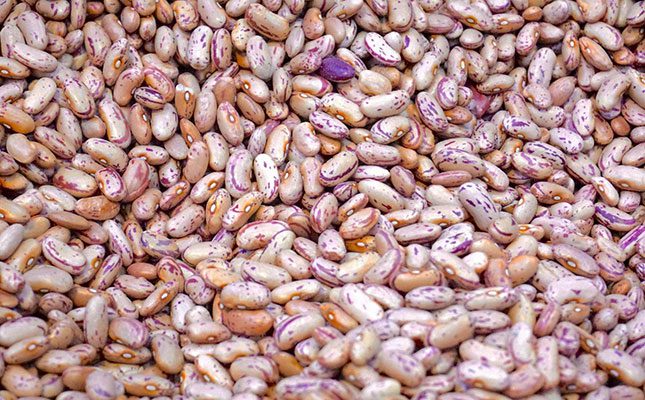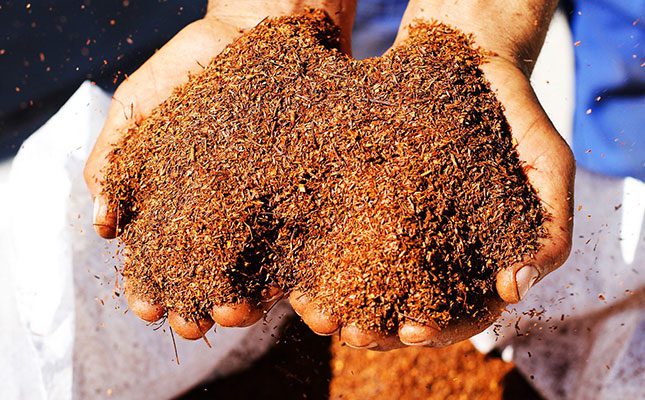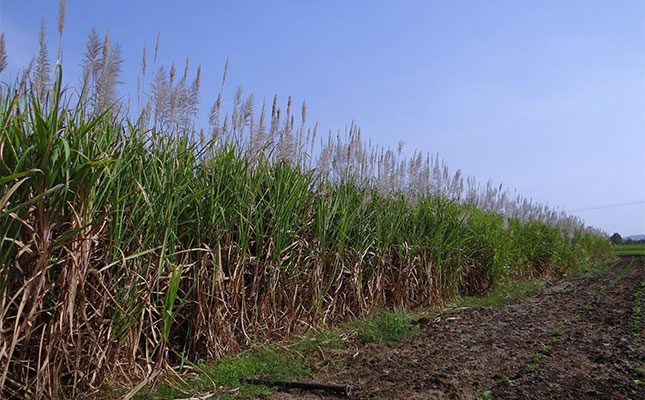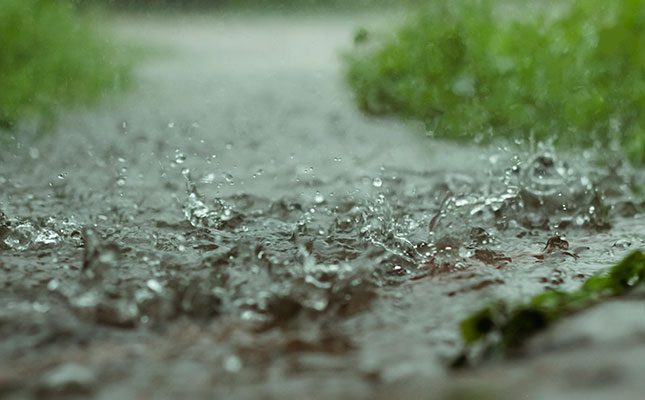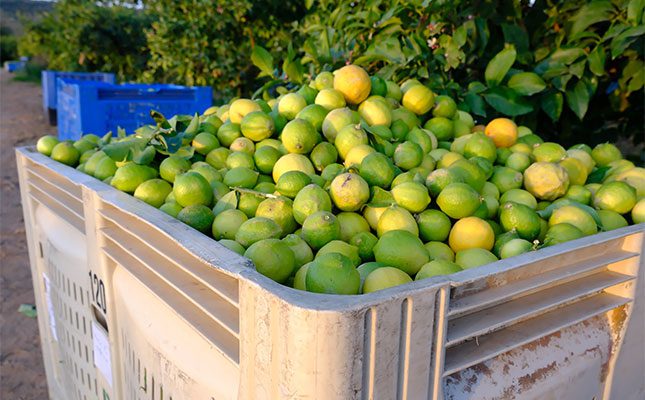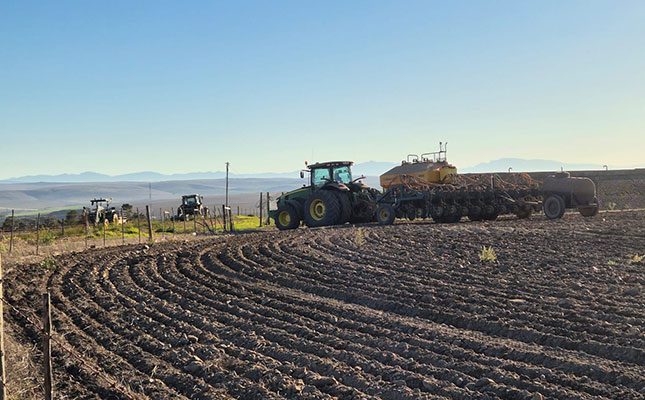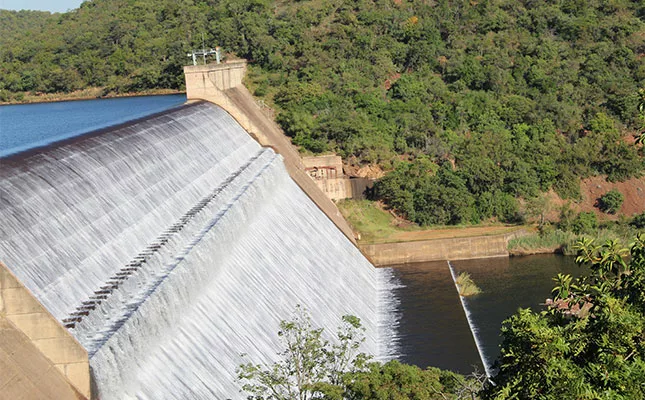
Photo: Lindi Botha
In the Absa AgriTrends Spring Edition 2025, released in September, the bank noted that agriculture remained the largest water user in South Africa, consuming 58% of total withdrawals. This water was primarily used for irrigating high-value crops.
The sector’s dominance in water use made it highly dependent on the resource and vulnerable to shortages, as it was often the first sector curtailed during times of scarcity.
The report stated that South Africa was among the 30 driest countries in the world, with average annual rainfall of less than 500mm, compared with the global mean of 850mm.
“Looking ahead, projections point to mounting water stress. Erratic rainfall patterns and rising evapotranspiration are expected to intensify strain on South Africa’s freshwater systems. Forecasts suggest rainfall reductions of up to 10% in the near term, and as much as 20% by 2080, compounding risks of scarcity and variability,” it said.
Beyond climate pressures, the report pointed to systemic weaknesses that were exacerbating the problem. Ageing infrastructure, weak maintenance, and billing inefficiencies had pushed non-revenue water losses (water lost in distribution) from 37% in 2014 to 47% in 2023, far above the international benchmark of around 30%.
Meanwhile, average daily water use in South Africa was 218ℓ/person, compared with the global average of 173ℓ, underscoring wastefulness in a water-scarce country.
Michael Esmeraldo, managing director of Netafim Southern and East Africa, told Farmer’s Weekly that South Africa’s lack of investment in new dams amid rising water demands was concerning.
“Since 1994, government has only built three additional dams, compared with 14 that were built between 1964 and 1994. Per capita dam capacity peaked in 1980 when it reached 900 000ℓ. Since then, it has declined by 45%, as we only have a per capita dam capacity of 500 000ℓ today. This reduction is due to population growth and the lack of added infrastructure,” he explained.
Esmeraldo said food production in South Africa could be vastly expanded despite the country being classified as arid.
“If you have the land but not the water, you can only do one of two things: use what you have more efficiently, or build infrastructure to capture rainwater,” he added.
In terms of more efficient use, he said South African farmers were generally faring well, but there was room for improvement.
“Some 50% of irrigation systems are pivots, 19% drip, 12% micro, 13% sprinklers, and 6% flood irrigation. We need to focus on precision irrigation systems to get more from our water,” he explained.
The report noted that precision irrigation, recycling systems, soil moisture monitoring, and cleaner technologies would be vital for competitiveness in a water-constrained future.

